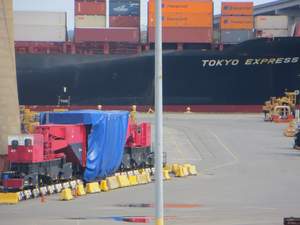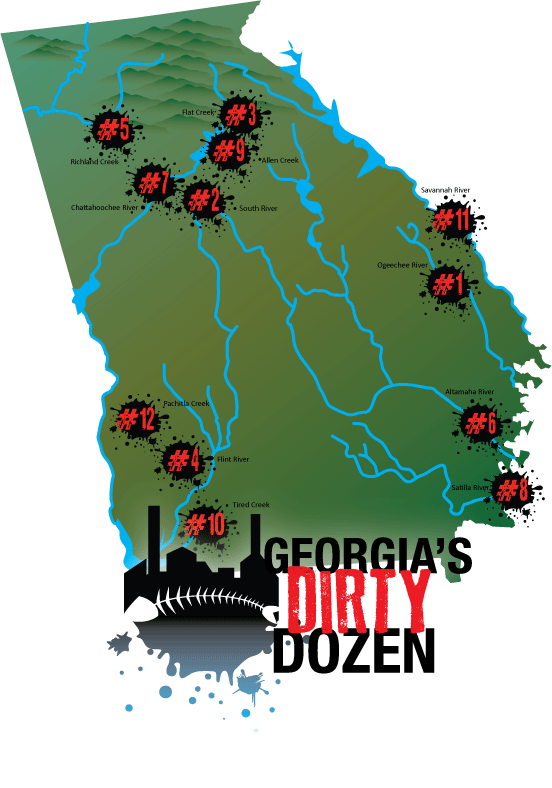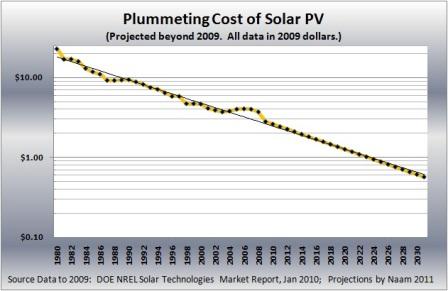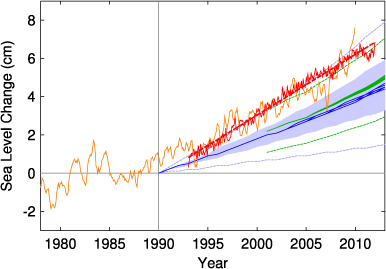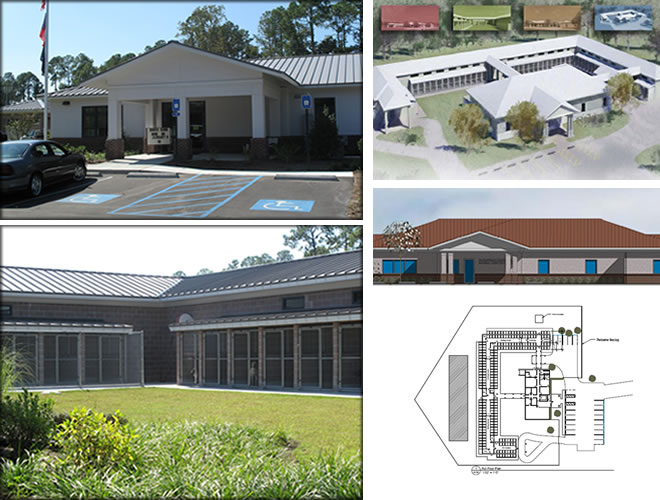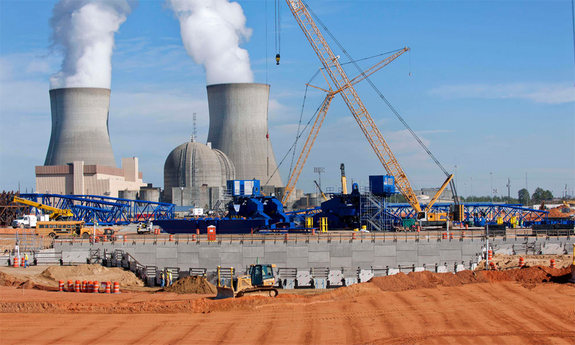Let’s not forget the failed concrete on which Plant Vogtle’s unprotected stranded reactor vessel is supposed to sit.
A week before the reactor vessel train wreck, news stories said concrete pouring was delayed due to “noncompliant rebar”. Thomas Clements elaborated for the Aiken Leader 14 January 2013, Vogtle AP1000 Nuclear Reactor Vessel Discovered Unprotected, Stranded in Savannah Port since December 15 Shipment Failure,
Due to chronic delays in the pouring of “nuclear concrete” for the basemat of the AP1000 units at Vogtle and VC Summer, it remains unknown when or if any reactor vessels can actually be placed into the excavated holes at the sites. A January 10 meeting of the NRC confirmed that another basemat-related “license amendment request” (LAR) was soon to be filed by SCE&G for its AP1000 project and that the target date for granting of the LAR was March 18. It appears that the Vogtle project has fallen behind the V.C. Summer project and no strategy for the filing of a similar and necessary LAR by Southern Company is known.

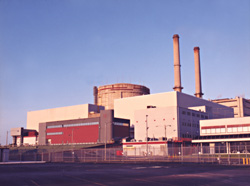 Concrete, the long-time bane of
Seabrook Station
and also what’s keeping
Crystal River shut down because nobody wants to pay the
billions of dollars it would take to fix it.
Concrete, the long-time bane of
Seabrook Station
and also what’s keeping
Crystal River shut down because nobody wants to pay the
billions of dollars it would take to fix it.
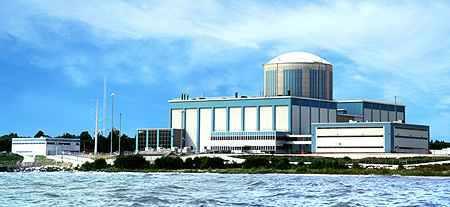
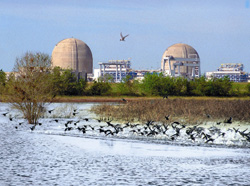 What say we call the whole thing off, like
Dominion Power did with its existing
Kewaunee nuke,
and
TEPCO and NRG did
with their plans for new South Texas nukes.
What say we call the whole thing off, like
Dominion Power did with its existing
Kewaunee nuke,
and
TEPCO and NRG did
with their plans for new South Texas nukes.
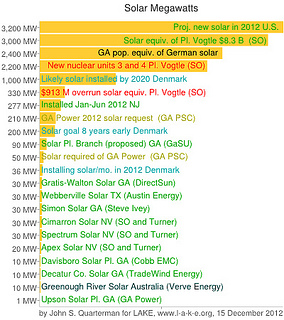 Maybe it’s a sign that meanwhile
Google has invested a billion dollars in wind and solar and gotten
2 gigawatts of power, almost as much as the 2.2 GW the two new Vogtle nukes
were supposed to produce, except Google’s solar and wind projects
are online on time, and for less than just the cost overruns at Vogtle.
Maybe it’s a sign that meanwhile
Google has invested a billion dollars in wind and solar and gotten
2 gigawatts of power, almost as much as the 2.2 GW the two new Vogtle nukes
were supposed to produce, except Google’s solar and wind projects
are online on time, and for less than just the cost overruns at Vogtle.
The Georgia legislature is in session. You can contact your legislator or the PSC today about toppling Southern Company’s three-legged nuclear regulatory-capture stool and fixing that 1973 Territoriality Law so we can get on with solar and wind in Georgia, for jobs and energy independence, and oh by the way clean air and plenty of clean water.
-jsq
